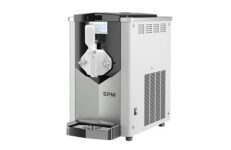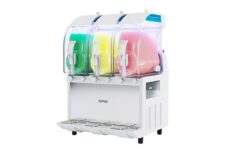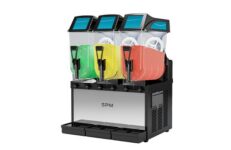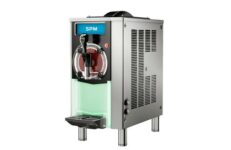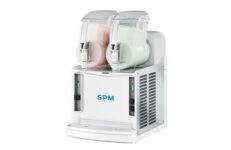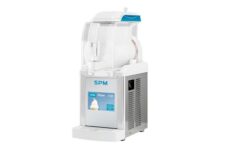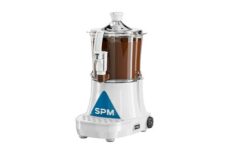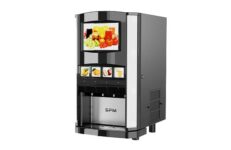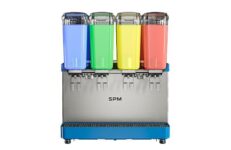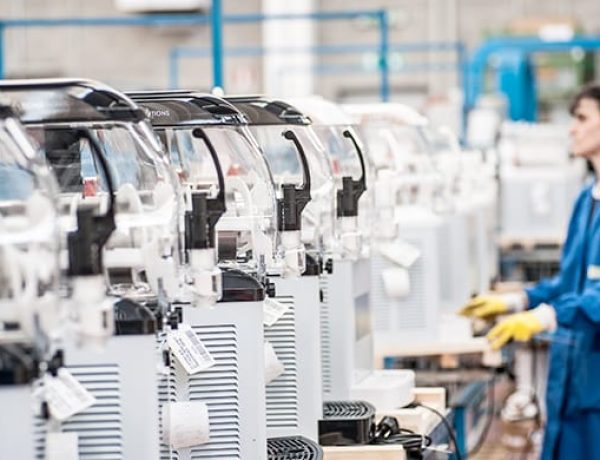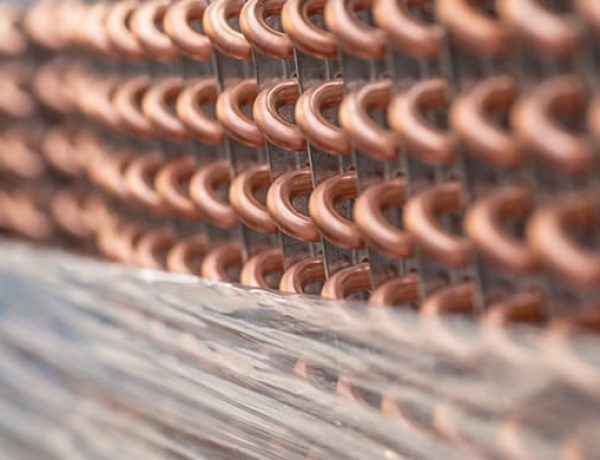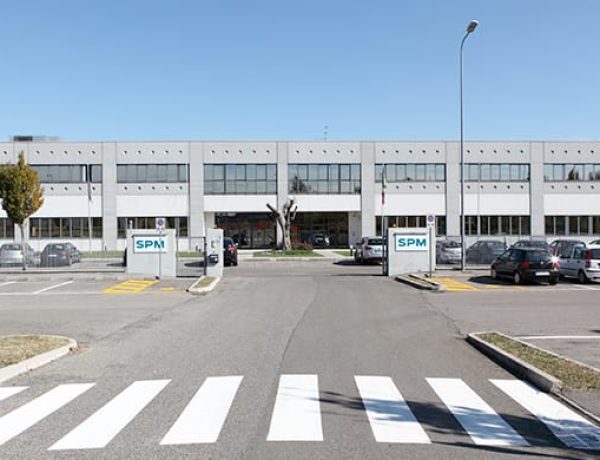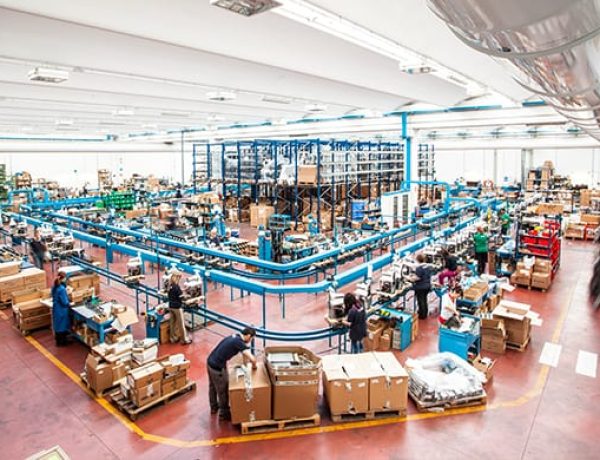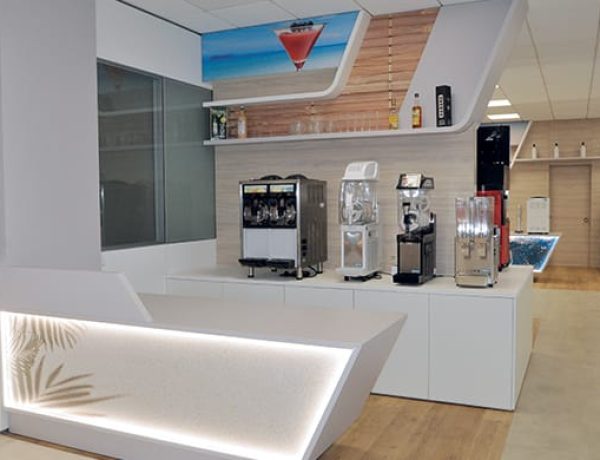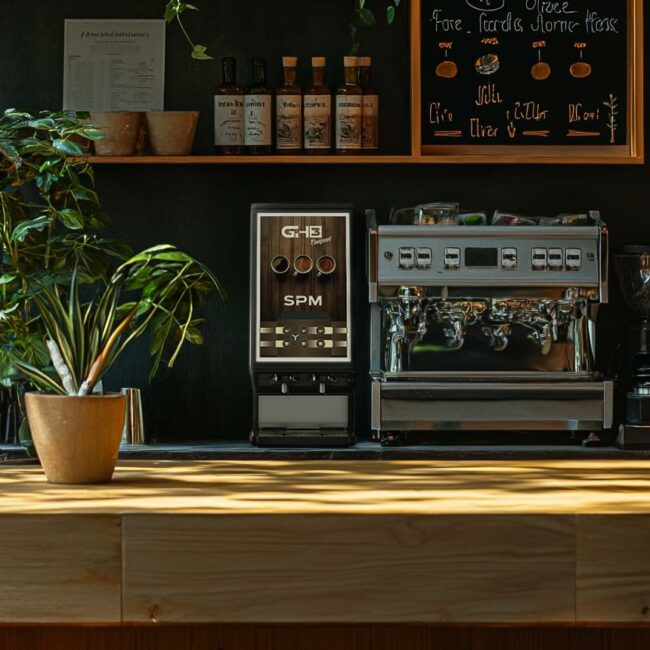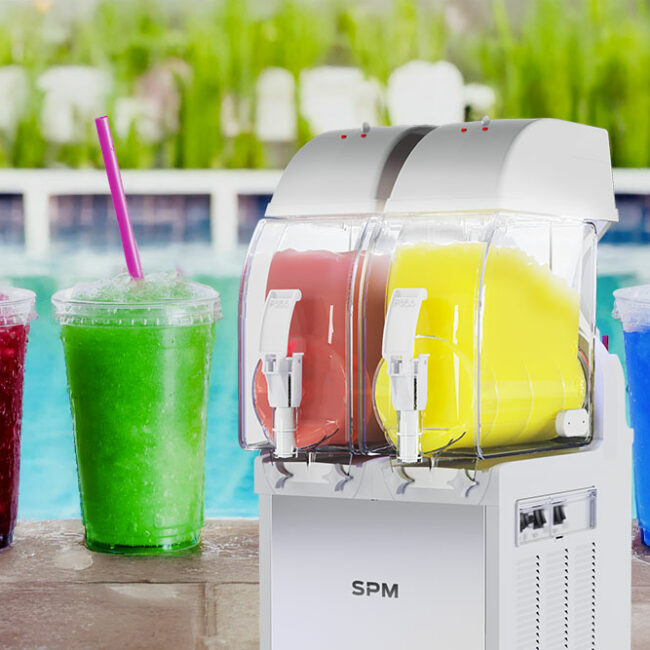How long does a slush machine take to freeze and why it matters
For businesses offering slushies, timing is critical. One of the most common questions operators ask is: how long does a slush machine take to freeze? The answer impacts everything from workflow to customer satisfaction and even cost control. Whether you’re dealing with high outdoor temperatures or peak service hours, understanding freeze time is essential to maintaining smooth operations.
Average freeze time for commercial slush machines
In general, the average commercial slush machine takes between 60 and 120 minutes to bring a mix to the optimal semi-frozen consistency. This range depends on a variety of conditions, including the machine’s power, mix composition, and external temperature.
However, newer models designed for speed and efficiency—like fast freeze slush machines—can significantly shorten this window. In practical terms, the goal is to have your slushie product ready before customer demand spikes, particularly in the late morning or early afternoon.
What affects freeze time?
Several key factors influence how long a slush machine takes to freeze.
- Ambient temperature: high temperatures, especially in outdoor or non-air-conditioned environments, require the machine to work harder.
- Initial temperature of the mix: using chilled mixes can cut freeze time by up to 30%.
- Sugar content: the Brix value of your mix affects its ability to freeze. Ideal sugar content is typically around 12–15%.
- Machine type and capacity: more advanced or insulated machines tend to offer faster results.
- Maintenance status: clean condenser coils and proper refrigerant levels make a real difference.
If your slush machine is freezing up too slowly, it might be worth checking these parameters before assuming a mechanical fault.
What to do if your slush machine freezes too slowly
When freeze times become inefficient, here’s how to troubleshoot.
- Review your mix ratio: too much sugar can prevent the mix from freezing properly, while an incorrect balance of water can also compromise consistency.
- Inspect machine placement: ensure the unit is not placed near heat sources or direct sunlight.
- Perform routine maintenance: clean air filters and condenser units regularly.
- Check the power supply: voltage irregularities may impact compressor performance.
Training staff to recognise optimal mix prep and ideal product texture can also reduce waste and improve consistency.
SPM slush machines performances
SPM’s range of slush machines includes the high-performing I-PRO 2 E, designed specifically for professional environments with high traffic and temperature variability. It performs reliably even under challenging conditions such as high ambient temperatures and fluctuating humidity. This ensures that slush consistency is achieved more rapidly and maintained throughout service—reducing downtime and increasing operational speed.
More broadly, many SPM models benefit from the patented I-Tank™ insulated bowl system, a technology designed to stabilise the product’s temperature inside the tank. Present across the I-PRO range and other selected machines, the I-Tank system helps improve energy efficiency and contributes to more consistent freeze times, especially in environments exposed to heat or heavy use.
When combined with smart features like programmable settings and intuitive controls, these technologies deliver concrete advantages in terms of energy savings, product quality, and service efficiency. Choosing a fast freeze slush machine is about more than speed—it’s about ensuring your operation runs smoothly, day in and day out.
Want to know more about
our products?
For any support or information, do not hesitate to contact us!





